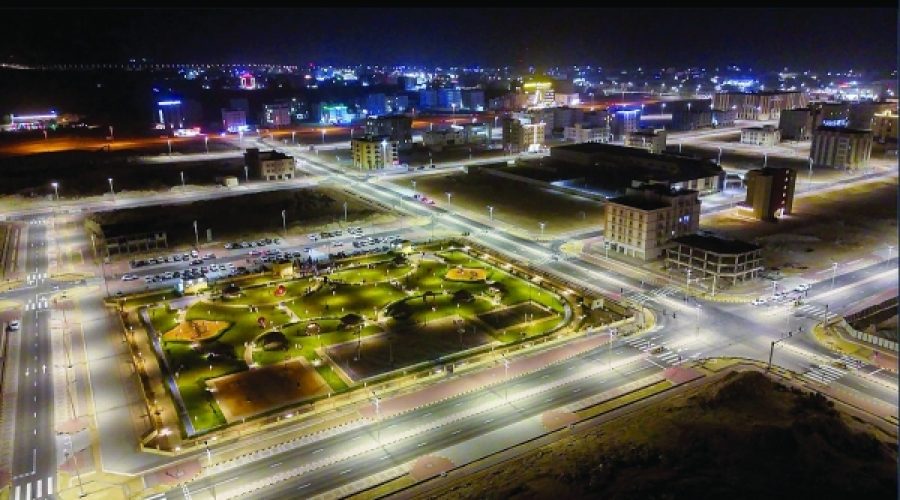Duqm SEZ Unveils New Strategy: Accelerating Investment Opportunities for Businesses in Oman
Al Duqm: The Special Economic Zone at Duqm (SEZAD) has initiated its strategic plan for 2025–2030, aimed at attracting fresh investments, improving operational efficiency, enhancing quality of life, boosting tourism, and achieving institutional excellence.
Engineer Ahmed bin Ali Akaak, CEO of SEZAD, stated that the strategy focuses on expanding investment across essential sectors and promoting the development and marketing of sub-zones, particularly in tourism and renewable energy. The execution phase has begun with a series of workshops intended to align management teams with these strategic objectives. This is supported by an institutional transformation program and a revitalized brand identity designed to enhance investor services and elevate Al Duqm’s position on the global stage.
SEZAD has experienced significant investment growth, with committed investments reaching RO 6.323 billion by the end of June 2025, marking a 5.3% increase from RO 6.004 billion the previous year. Akaak attributed this growth to heightened investor confidence and competitive incentives, along with the solid infrastructure developed in recent years.
Progress is evident across various sectors. In real estate, the Maysan Square Duqm integrated business complex is 80% complete. In the green industries sector, Jindal Steel’s green steel plant is 26% complete, and ACME’s green ammonia project, designed for an annual production capacity of 100,000 tonnes, has reached 17% completion, with the first phase expected to be finished by July 2027.
The zone is also enhancing its industrial and logistics capacity. The first phase of the Mawarid Turbine factory, valued at over RO 70 million, was launched this year, with operations expected to commence in 2026. This facility will manufacture wind turbines with a capacity of up to 9.6 MW and is set to create over 1,000 jobs.
Infrastructure development remains a key focus. Road projects are nearing completion, including the 51-km dual carriageway connecting Duqm Airport to Ras Markaz storage tanks. The Sultan Said bin Taimur (South) road is 94% complete, while National Highway 32 is progressing, with two phases at 83% and 58% completion. A new 16-km dual carriageway has been awarded to improve tourism connections between coastal areas and the fishing port and food processing complex.
To enhance livability, SEZAD has completed the 13,000 sqm Business District Park, as well as internal road networks and modern sewage and irrigation systems. A multi-purpose community complex overlooking the beach is now 95% complete, set to offer new recreational and social facilities for residents and employees.
Business activity is surging in the zone. In the first half of 2025, SEZAD signed new usufruct agreements totaling RO 22.6 million and recorded 19 new investment applications, a notable increase from 7 in the previous year. Commercial registrations have surged from 68 to 225, alongside 181 economic activity licenses, 262 public service licenses, and 599 work permits.
Employment figures have also risen, with total workers exceeding 12,400 and Omani employees reaching 3,245, more than double last year’s count. Omanisation has now increased to over 26%, up from 20% in mid-2024.
SEZAD remains committed to supporting small and medium enterprises (SMEs), which now total 541 active firms, including 463 micro-enterprises, 59 small firms, and 19 medium-sized businesses. Akaak noted that SEZAD provides a 50% reduction in service fees, as well as training and performance monitoring through its Partnership and Development Department, enabling SMEs to capitalize on opportunities arising from the zone’s growing portfolio of projects. — ONA
Special Analysis by Omanet | Navigate Oman’s Market
The launch of SEZAD’s 2025-2030 strategy underscores robust investment opportunities in Oman, particularly in emerging sectors like tourism and renewable energy. As investor confidence surges, businesses should capitalize on the region’s transformative infrastructure and incentives, while investors must closely monitor trends to make informed strategic moves. However, risks associated with high competition and the pace of execution in development should be carefully evaluated.



